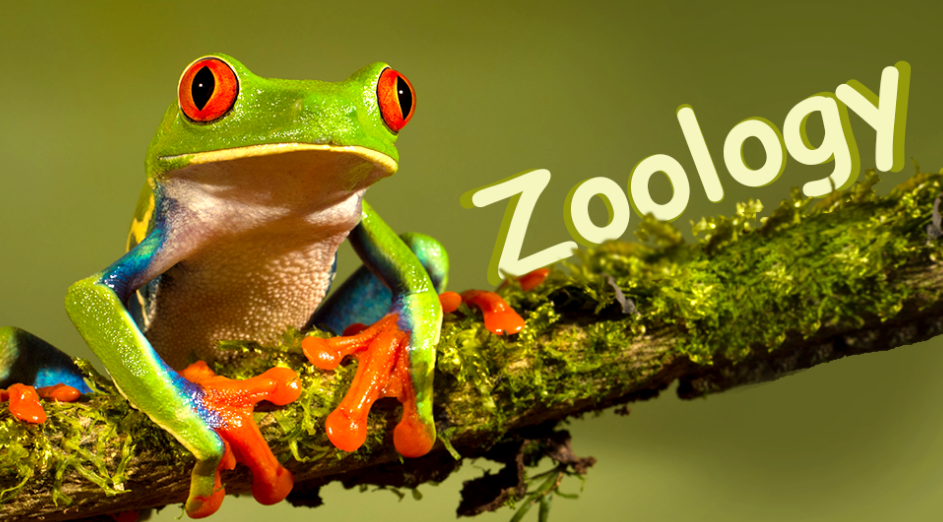In taxonomy and biology, scientists recognize different kinds of species based on how they are formed, how they function in nature, and their characteristics.
Here are the main types of species:
1. Biological Species: Defined by the Biological Species Concept. A group of interbreeding organisms that produce fertile offspring and are reproductively isolated from others.
Example: Homo sapiens (humans).
2. Morphological Species: Defined by physical traits like size, shape, and structure.Organisms that look alike are classified as the same species.
Example: Different species of butterflies identified by wing color and patterns.
3. Ecological Species: Defined by ecological niche (how and where they live).A species is a group that occupies a unique habitat or ecological role.
Example: Two insects living in the same area but feeding on different plants.
4. Phylogenetic Species: Defined based on evolutionary history and genetic relationships.A species is the smallest group sharing a common ancestor and distinct from others by genetic differences.
Example: Wolves and dogs can be distinguished genetically.
5. Genetic Species: Based solely on genetic similarity and difference.Two organisms with significant genetic difference are considered separate species, even if they look similar.
Example: Some bacteria species differ by only a small amount of DNA.
6. Allopatric Species: Species that have evolved due to geographic isolation.Physical barriers like mountains or rivers separate populations, leading to the formation of new species.
Example: Darwin’s finches on different islands.
7. Sympatric Species: New species formed without geographic isolation.Species arise in the same area due to ecological or genetic differences.
Example: Some insects specializing in different host plants.




